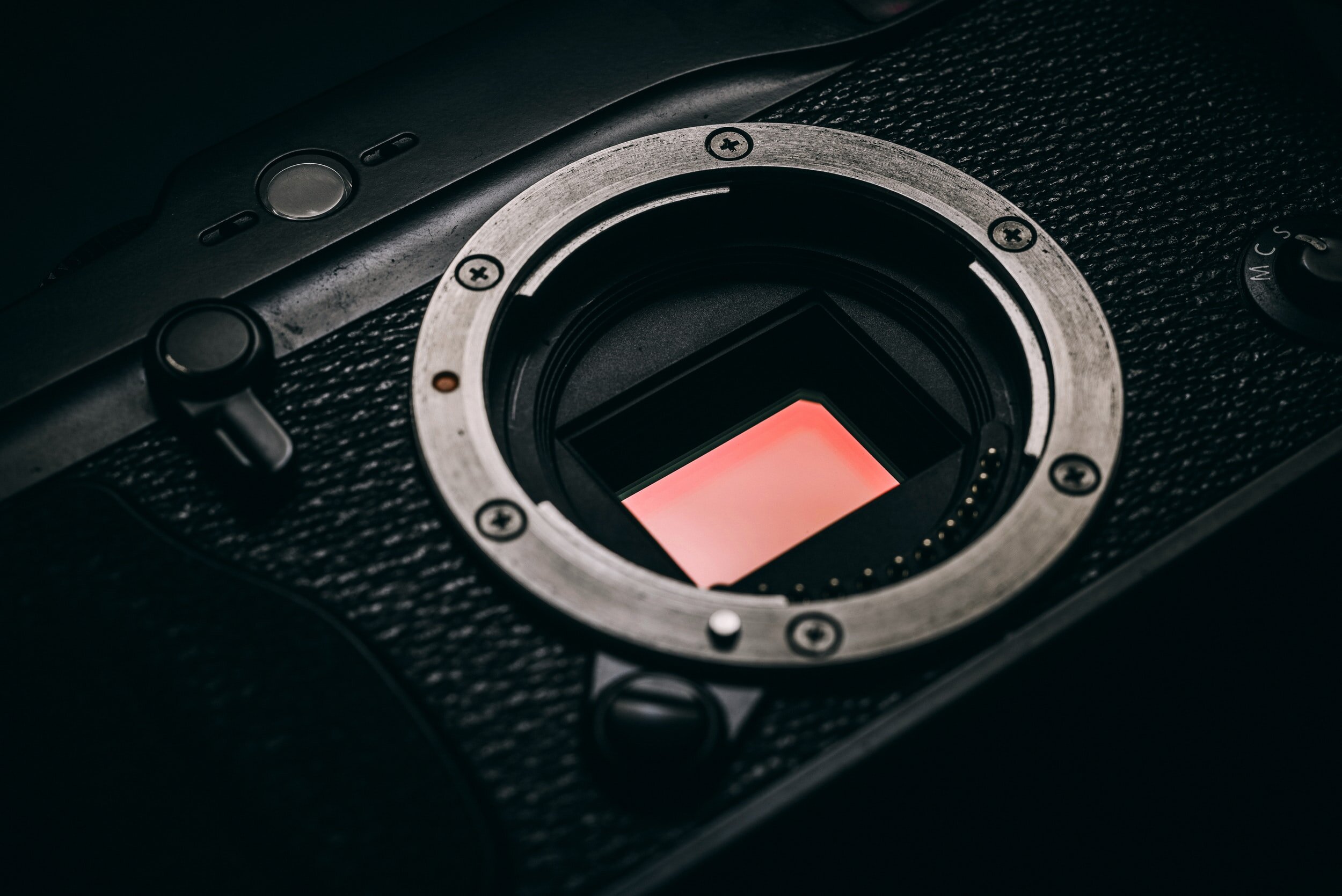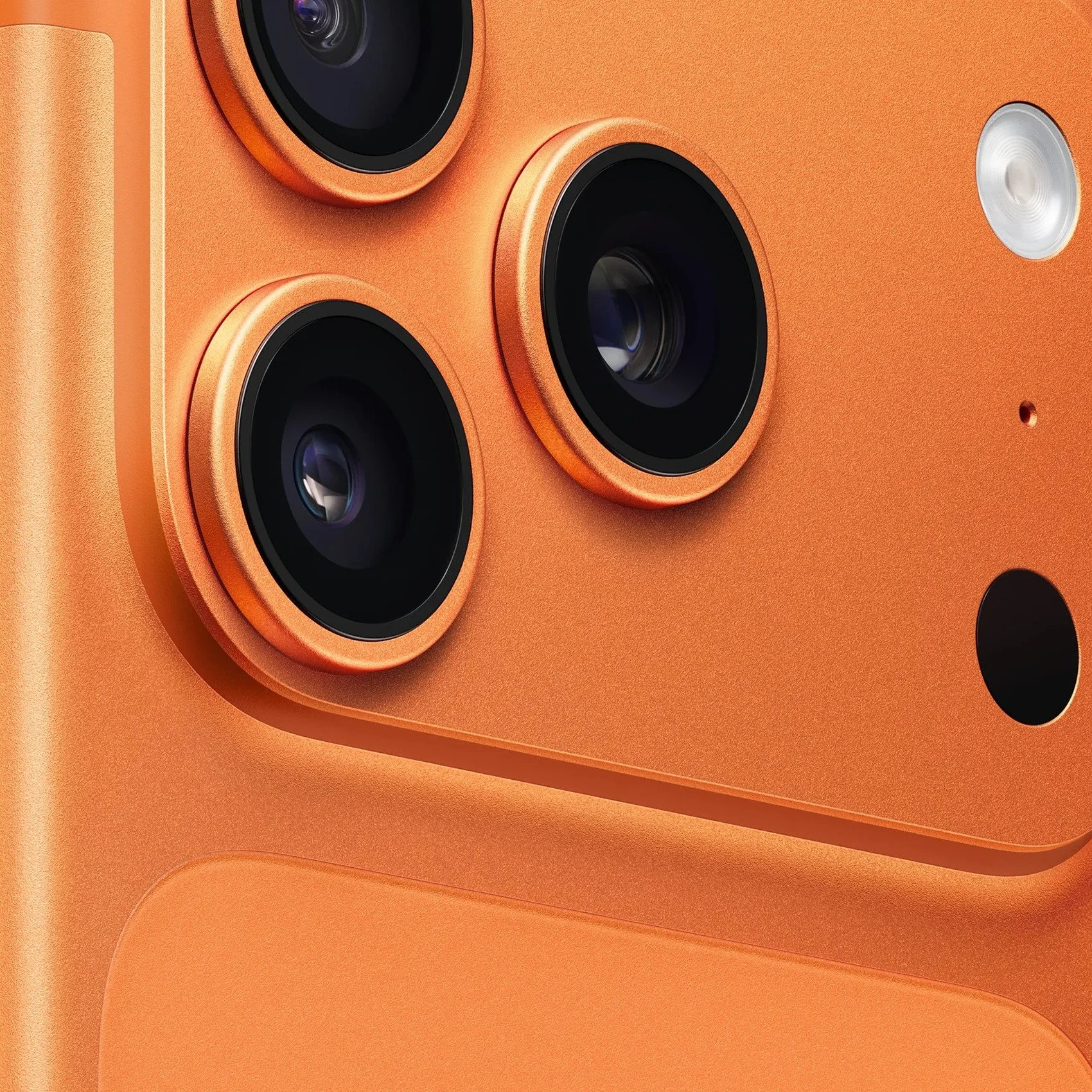Are Full Frame & Crop Sensor Cameras Different? Which One Should You Use?
Is there a difference between "full-frame" and "crop"? A resounding - but qualified - yes! And, importantly, the differences could affect your photography.
The most basic but essential distinction between the two is the size of their sensors. The full-frame has the same dimensions as a 35mm film format camera, while the crop sensor is any sensor smaller than a full-frame. But which is best for your work? How does the difference between them affect a photograph?
A Closer Look at the Differences
There are several differences between the two types of cameras, so let's take a closer look. Let's start with the fact that the crop's field of view is literally a crop of the full frame.
Field of View: The most obvious visible difference between a full-frame and crop sensor is the field of view. When shot with the same lens from the same distance and perspective, the crop sensor captures a cropped field of view compared to the full frame.
Focal Length: As we explained, a crop sensor camera crops the frame, increasing the focal length. What you need to know is that the amount of difference in the field of view or focal length with a camera's crop sensor is measured by its "Multiplier". For example, a Nikon APS-C crop sensor has a 1.5x multiplier. Attach a Nikon 50mm f/1.4 lens to that Nikon DSLR and the focal length, multiplied by 1.5x, is now like a 75mm lens on a full-frame DSLR.
Pros & Cons of Full Frame and Crop Sensors
As with most things, there are pros and cons to full-frame and crop. Let's take a look at some of the basic advantages and disadvantages of each one.
Full Frame Advantages
Dynamic Range and Wider Angles: A full-frame usually provides better low light-high ISO performance and a broader dynamic range. This produces a better quality image than a crop sensor. This makes them better for certain types of pictures or photography genres because they shoot wider angles.
Quality: The full-frame typically produces better quality images. However, a high-end crop can usually create pictures about the same or close to a full-frame sensor.
Shallower Depth of Field: A full-frame has a shallower depth of field than a crop sensor. All things being equal or identical (like settings, lens, angle, etc.), the full-frame camera has a shallower depth of field than the crop sensor camera.
Focal Length and Field of View: This relates to the depth of field: The larger the sensor, the longer the lens's focal length needs to be to capture that same field of view. And the additional focal length creates a shallower depth of field.
Crop Sensor Advantages
Telephoto Photography: Crop sensors are particularly good for capturing telephoto photography thanks to their multiplier effect. That makes it better for some genres, like photojournalism, nature, sports, etc.
Cost: Your budget could dictate whether you use a full-frame or a crop. Manufacturing a full-frame is far more expensive than a crop. That cost is passed on to the consumer. A crop will cost you much less than a full-frame, which is why many starting photographers start there, and the pros invest in full-frames. You can expect to pay up to six or seven times more for a complete full-frame combination than a crop sensor. However, it's important to note that a high-end crop can produce images very close in quality to a full frame.
Conclusion
So....where are we? Imagine us shrugging right now. There are no absolutes when it comes to choosing between a full-frame and a crop sensor camera. Most pros go the full-frame route, even if they began with crop and worked their way up. Most entry-level photographers, especially those on tighter budgets, start with a crop.
As we've shown, there are some fundamental differences between the two types of cameras, and there are advantages and disadvantages. Generally, the full-frame sensor is far more expensive and typically, but not always, produces better quality images.
The crop costs a lot less and usually, but not always, gives you a lower-quality picture. Spend a little more on a high-end crop if you want better-quality images.
Ultimately, we believe that selecting one or the other comes down to what you're shooting, what you want from the picture and your budget.


















